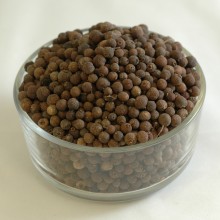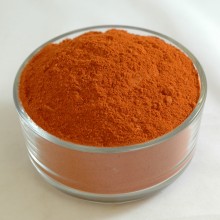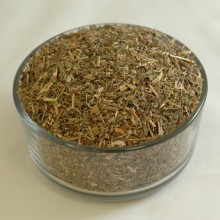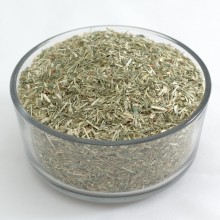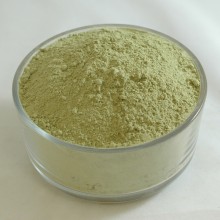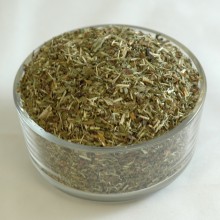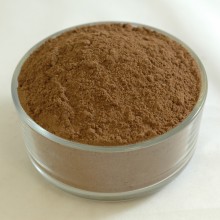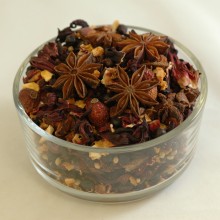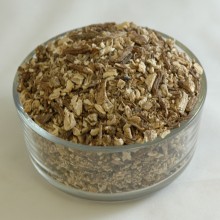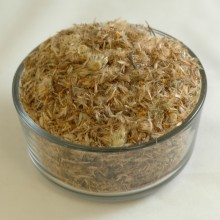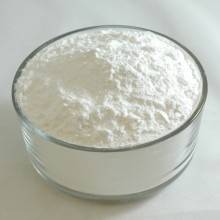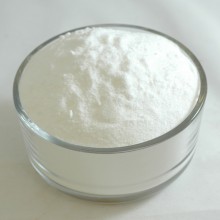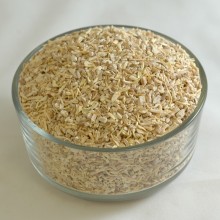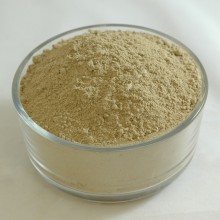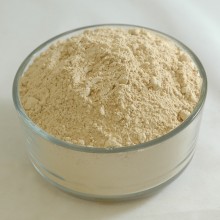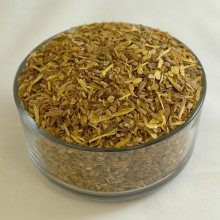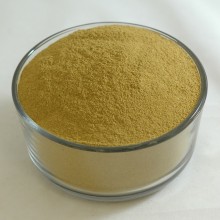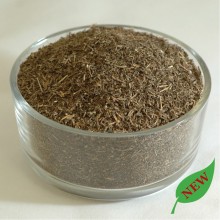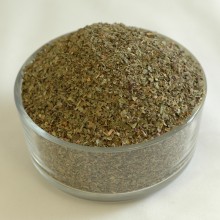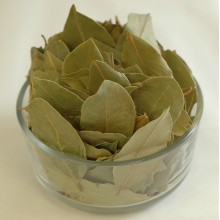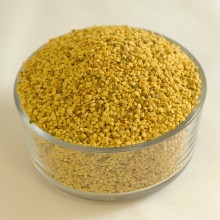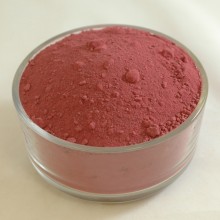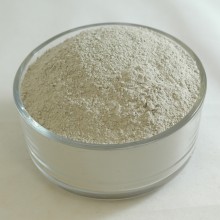Search
Products meeting the search criteria
Allspice Whole
Description: Allspice takes its name from its aroma, which smells like a combination of spices, especially cinnamon, cloves, ginger and nutmeg. Whole dried allspice will keep indefinitely when kept out of light in airtight jars.Botanical Name:&n..
US$ 11.61
Cayenne Pepper Organic - approx 30,000 HU
Description: Cayenne pepper is made from the ripened fruits of the capsicum annuum plant. The fruits are generally dried and then ground and shifted to create the powder.Cayenne powder is red or red-brown in color and is used to add spice and flavor ..
US$ 11.85
Chives Cut
Description: Chives come from the genus, Allium, and are closely related to onions, leeks, shallots, and garlic. Chives are the oldest known edible onions and are the only member of onion family that can be found growing naturally in both the ol..
US$ 18.32
Agrimony Herb Cut
Description: Agrimony was one of the most famous vulnerary herbs. The name Agrimony is from Argemone, a word given by the Greeks to plants which were healing to the eyes.Botanical Name: Agrimonia eupatoriaCommon names: Agrimony, Cockle..
US$ 7.18
Alfalfa Leaf Cut - Organic
Description: Alfalfa is an age-old herb, cultivated since before the era of ancient Greeks and Romans for use as livestock fodder. Once known to Arabians in the Middle East as the “father of all herbs”, alfalfa is said to co..
US$ 6.76
Alfalfa Leaf Powder Organic
Description: Alfalfa is an age-old herb, cultivated since before the era of ancient Greeks and Romans for use as livestock fodder. Once known to Arabians in the Middle East as the “father of all herbs”, alfalfa is said to co..
US$ 4.07
Alfalfa Mint Cut - Organic
Description: A blend of Alfalfa Leaf Organic and Peppermint Leaf OrganicINCI Name: Medicago Sativa Leaf and Mentha Piperita LeafSafety Guidelines: Not recommended for use by persons taking blood thinning agents...
US$ 10.21
Allspice Ground
Description: Allspice takes its name from its aroma, which smells like a combination of spices, especially cinnamon, cloves, ginger and nutmeg. Whole dried allspice will keep indefinitely when kept out of light in airtight jars.Botanical Name:&n..
US$ 8.48
Angel's Wings Herbal Tea
Ingredients: Rose hips, hibiscus, juniper berries, star anise, cloves, orange peel & corianderAllergy advice: contains Peanut..
US$ 6.23
Angelica Root Cut
Description: During the Great Plague of London in the late-mid 1600’s, a monk claimed an angel visited him in his dreams and presented Angelica as the cure for the epidemic.After this, it was regarded as “the antidote” to the plague. Royal publicatio..
US$ 11.13
Anise Seed Whole
Description: Not to be confused with star anise, Anise shares a similar flavor to licorice and fennel. Due to the similarities in their names and flavors, is often confused with star anise—an entirely different plant. Anise is a flowering plant ..
US$ 5.00
Arnica Flowers Whole
Description: Arnica flowers come from the daisy family that grows in Mexico and Southwest America. Closely related to Arnica Montana, this herb has long been a popular remedy; including use by Native American Indians who combined the flower..
US$ 7.88
Arrowroot Powder
Description: Arrowroot refers to the starch that has been harvested from the rhizomes (root-stock) of several tropical plants, traditionally Maranta arundinacea. Often used as aflour/thickener substitute in allergen-free recipes; Arrowroot can common..
US$ 2.09
Ascorbic Acid - Vitamin C
Product Grade: USP/FCC/BP gradeAppearance: White or almost white crystalline powder or colourless crystalsParticle Size: Fine crystal retained on 40 mesh at 25% max; retained on 80 mesh at 50% minINCI Name: L-ascorbic acidCA..
US$ 11.15
Ashwagandha Root Cut
Description: Ashwagandha has been long praised as a longevity and vitality tonic by those who practice Ayurveda. It grows in the sunny, dry regions of India but can also be found growing in Nepal. In Sanskrit, Ashwagandha means “horse’s smell”, ..
US$ 9.41
Ashwagandha Root Powder
Description: Ashwagandha has been long praised as a longevity and vitality tonic by those who practice Ayurveda. It grows in the sunny, dry regions of India but can also be found growing in Nepal. In Sanskrit, Ashwagandha means “horse’s smell”, ..
US$ 9.84
Astragalus Root Powder
Description: Traditionally used to strengthen inner Chi (Qi) and the immune system, astragalus root has been used in ancient Chinese medicine for centuries. Due to the root’s slightly sweet-tasting and warming effects, it has been historically a..
US$ 8.69
Barberry Root Cut
Description: Historically cultivated for its tart berries for culinary use, barberries were traditionally used in pickled dishes, jams, candies, and more. The root itself was used to make antipyretics, tonics, and other natural medicines. Due to..
US$ 8.43
Barberry Root Powder
Description: Historically cultivated for its tart berries for culinary use, barberries were traditionally used in pickled dishes, jams, candies, and more. The root itself was used to make antipyretics, tonics, and other natural medicines. Due to..
US$ 13.09
Basil Holy Tulsi - Cut Organic
Description: Ocimum sanctum, or holy basil, is an aromatic plant that is native to the tropics of Asia and Africa, and is widespread as a cultivated plant and weed. It is a small shrub with many branches and strongly scented green leaves. The le..
US$ 7.02
Basil Leaf Cut - Organic
Description: Some historical societies praised Basil as “kingly” and even considered it a token of love for the dead. It was cherished in India by those who practiced Ayurveda and was often used in tonics and salves. Contrarily, in many cultures..
US$ 4.35
Basil Sweet Cut
Description: Some historical societies praised Basil as “kingly” and even considered it a token of love for the dead. It was cherished in India by those who practiced Ayurveda and was often used in tonics and salves. Contrarily, in many cultures..
US$ 3.40
Bay Leaf Whole
Description: Bay leaves were once used by ancient Romans and Greeks to make crowns for royalty, nobles, heroes, and Olympians. Today, the florally herbaceous flavour of bay leaves is used to flavour soups, stews, meats, sauces and more.Botanical..
US$ 7.47
Bayberry Bark Powder
Description: The bayberry plant has many uses, most notably is the use of it’s cooked berries to produce winter bayberry candles—hence the nickname “candleberry”. The bark is typically used in tinctures and poultices and in some countries, it is b..
US$ 8.92
Bee Pollen Granules - Pure Canadian
Description: Bee pollen refers to the flower pollen that collects on worker bees and is then mixed with digestive enzymes to make pollen granules. Rich in vitamins and minerals, bee pollen is often used as a nutritional supplement; it is typical..
US$ 16.82
Beet Root Powder
Description: Originally, beet leaves and stalk were consumed while the roots were discarded or used for medicine. It wasn’t until the mid 1500s that Germany and Italy began recording cultivation of the plant for its bulbous roots. In 1747, a che..
US$ 10.21
Bentonite Clay Powder
Description: A colloidal clay consisting primarily of montmorillonite.INCI Name: Bentonite PowderApplication: Bentonite clay is used in wide variety of cosmetic products including bath products, facial masks and as emulsifier and thickener ..
US$ 3.86

